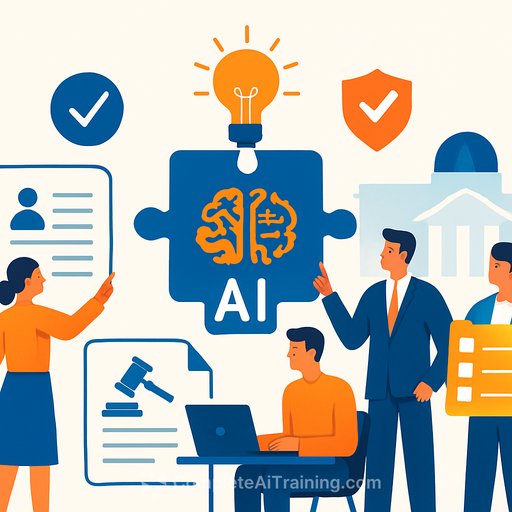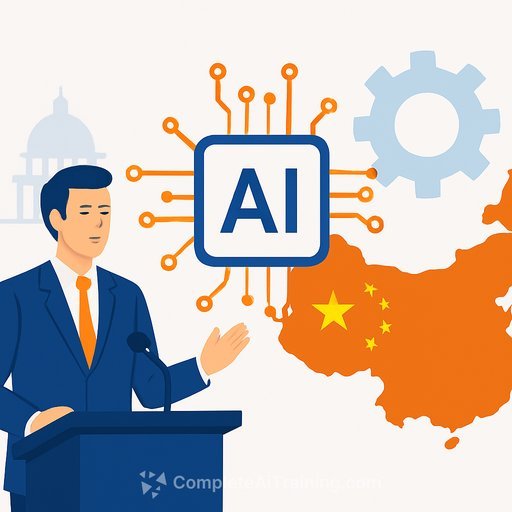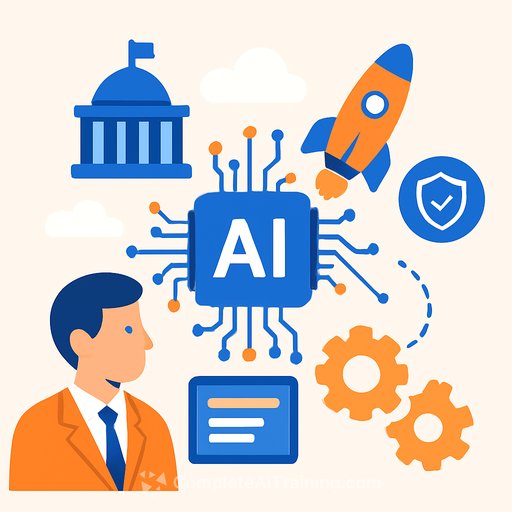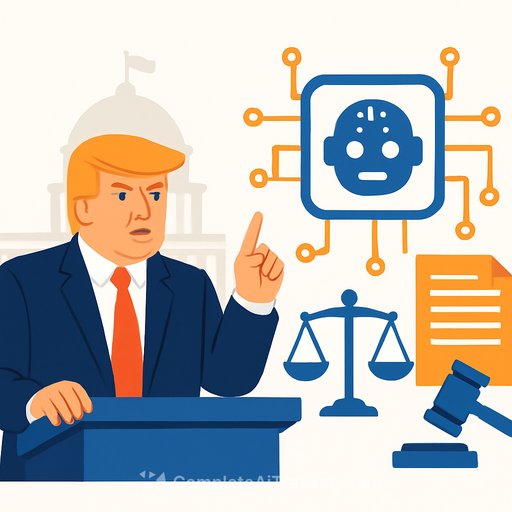Public Sector Buyers: 5 Key Guidelines for AI Procurement
Artificial Intelligence (AI) offers significant opportunities for public sector organisations to improve services, increase efficiency, and foster innovation. The UK Government's AI Opportunities Action Plan promotes faster AI adoption to boost economic growth, create jobs, and enhance everyday life. As public sector buyers, setting clear foundations in AI procurement is essential to ensure systems operate reliably, transparently, and responsibly.
1. Know the Different Forms of AI and Their Limits
AI comes in various forms, each suited for different tasks. Generative AI, like ChatGPT, creates new content based on prompts. Predictive AI uses current data to forecast future events, useful for NHS trusts managing patient demand or environmental impact assessments. Agentic AI acts autonomously, automating tasks such as document verification or virtual assistance.
Each AI type has limitations, often relying heavily on existing data. Before procuring AI, clearly identify the problem you want to solve and evaluate if AI is the best fit. Sometimes, alternative solutions may be more appropriate, especially when integration with legacy systems is required.
2. Understand the Benefits and Risks of AI
Procurement decisions should focus on public benefit. AI can deliver operational improvements, but risks must be managed carefully. Common challenges include limited digital skills, legacy technology incompatibility, and data privacy issues that could affect critical public services.
For example, integrating AI with outdated NHS systems might cause patient record gaps, leading to inconsistent care. AI hallucinations—where systems produce inaccurate or misleading outputs—are another risk, underscoring the need for human oversight. Early risk assessment helps mitigate these concerns.
3. Use AI Lawfully, Ethically, and Responsibly
AI involves handling large amounts of data, so compliance with data protection laws is non-negotiable. Buyers must ensure AI suppliers protect intellectual property rights and guard against biases embedded in historical data. Transparency and explainability of AI models are crucial to maintaining public trust and meeting government procurement standards.
4. Engage with the Market Early
Connecting with a wide range of AI suppliers early helps shape more focused and suitable solutions. This approach can also keep requirements proportionate to project scope, reducing complexity and resource demands. Simplified requirements enable SMEs and Voluntary, Community and Social Enterprise (VCSE) organisations to compete, often bringing innovative or niche solutions to the table.
Engage commercial professionals within your organisation to align AI acquisitions with procurement policies and commercial goals.
5. Plan for the Entire AI Lifecycle
AI procurement is a long-term commitment. Ensure you have plans for ongoing support, maintenance, and evaluation of AI systems. Regularly review performance and feed new insights back into decision-making to determine whether to continue, modify, or retire AI solutions.
For those interested in further guidance, the government has published an AI Playbook for Government that provides practical advice for safe and effective AI use.
To build your AI knowledge and skills, explore comprehensive AI training courses at Complete AI Training.
```Your membership also unlocks:






